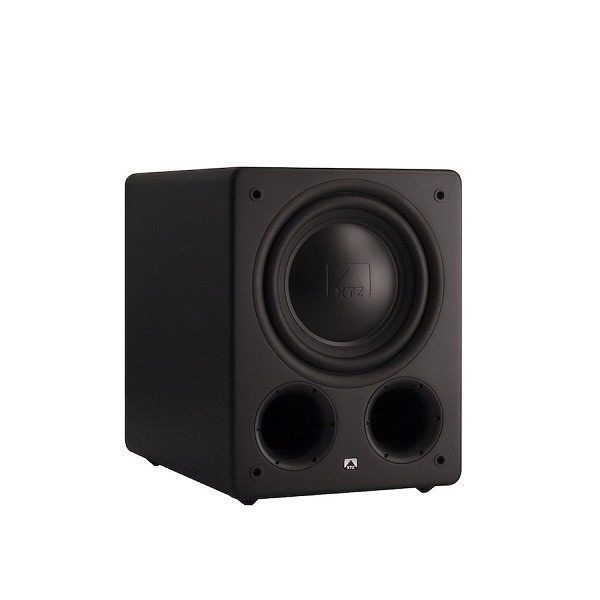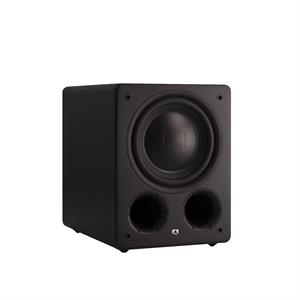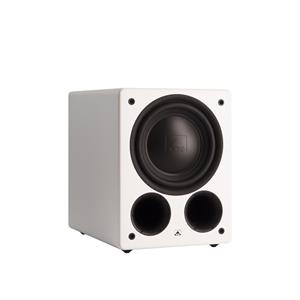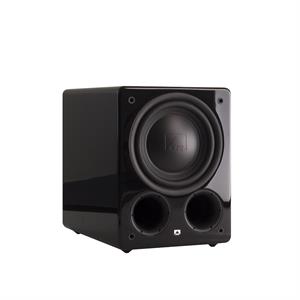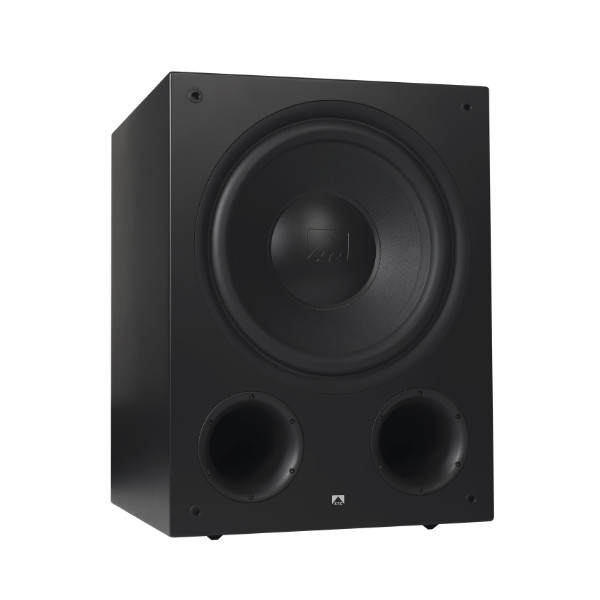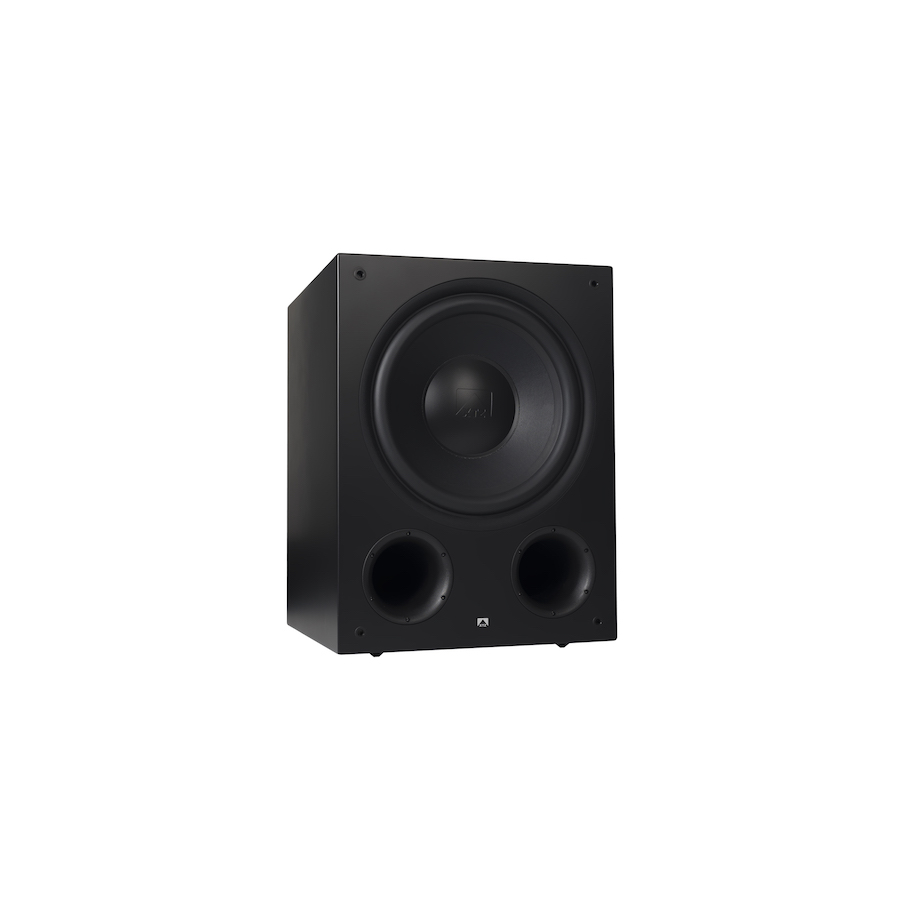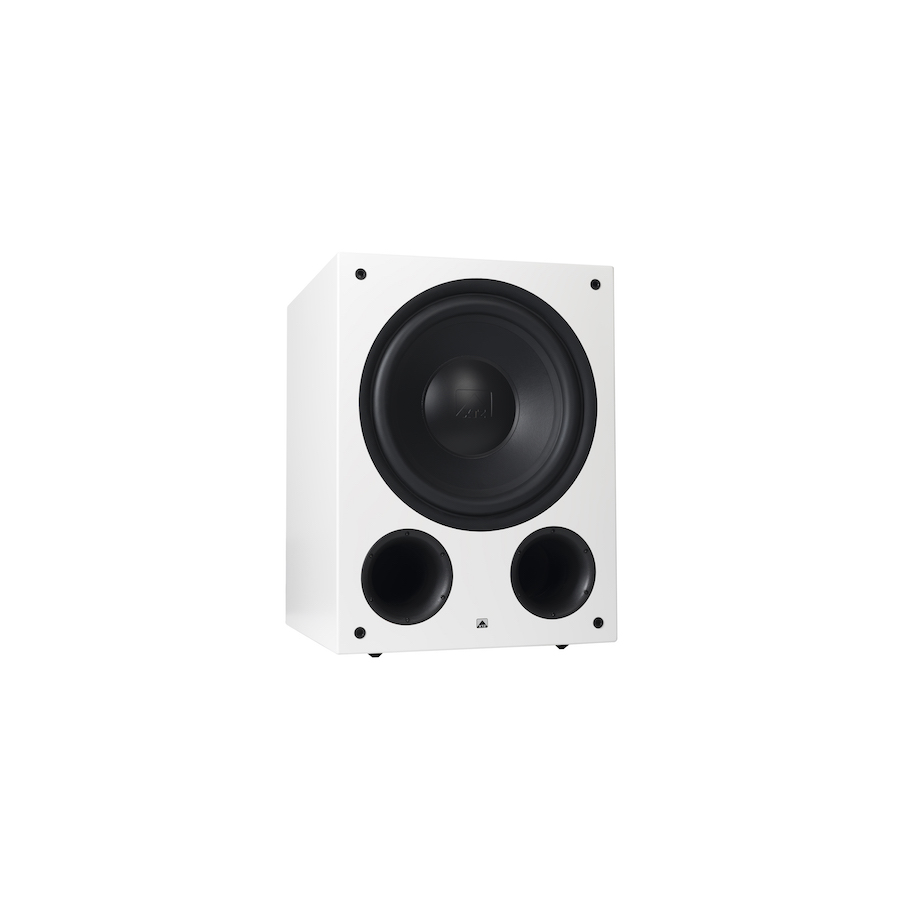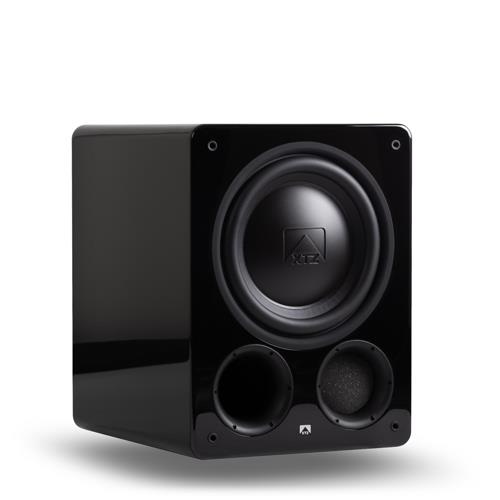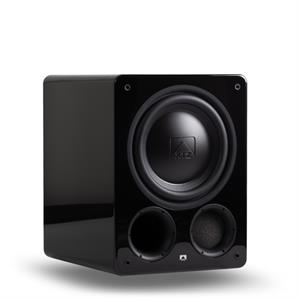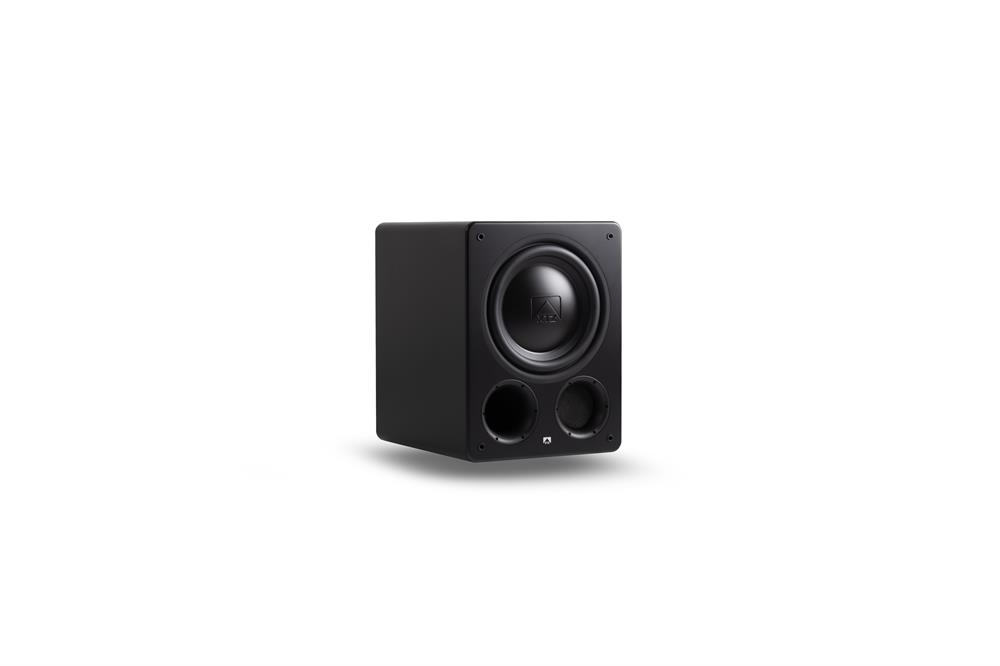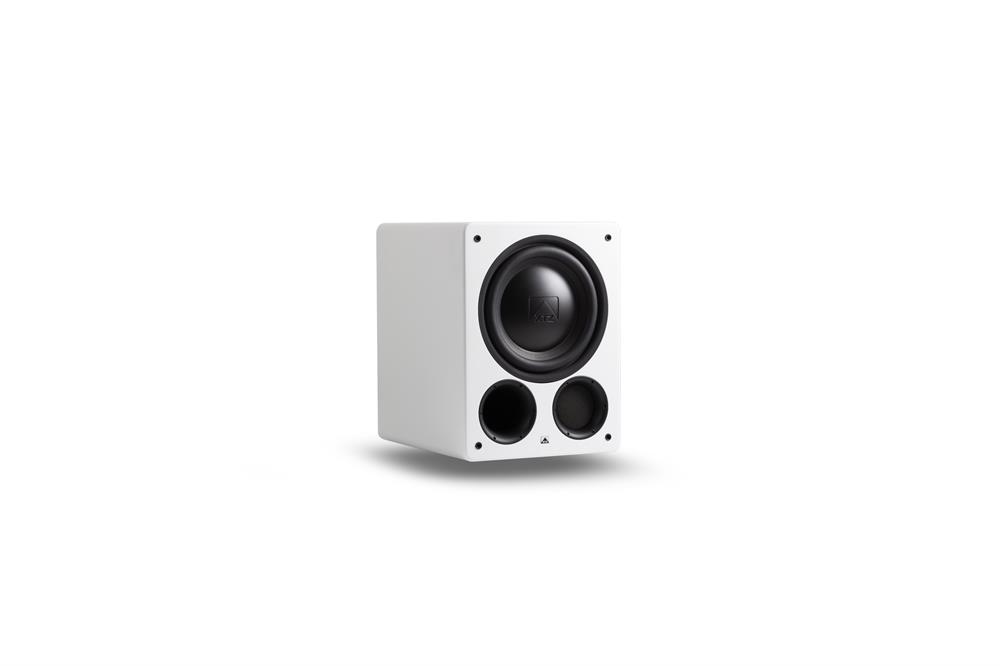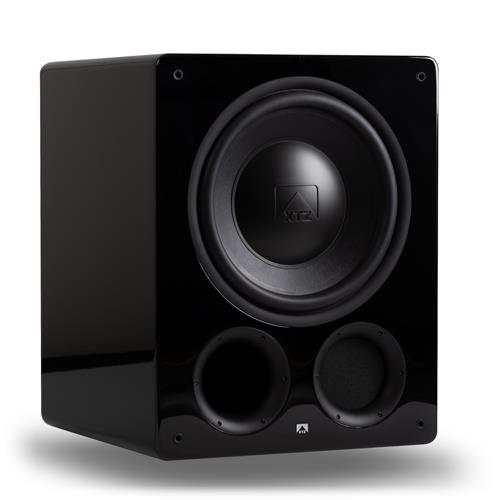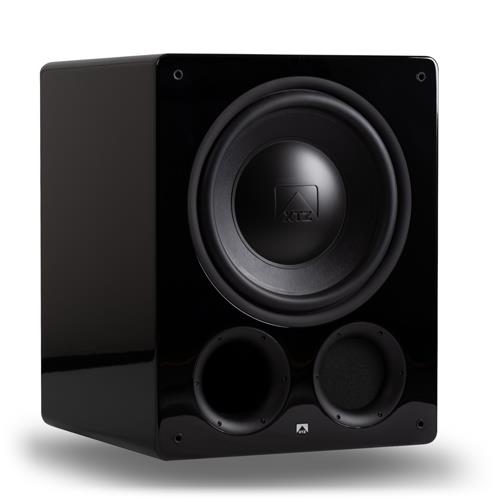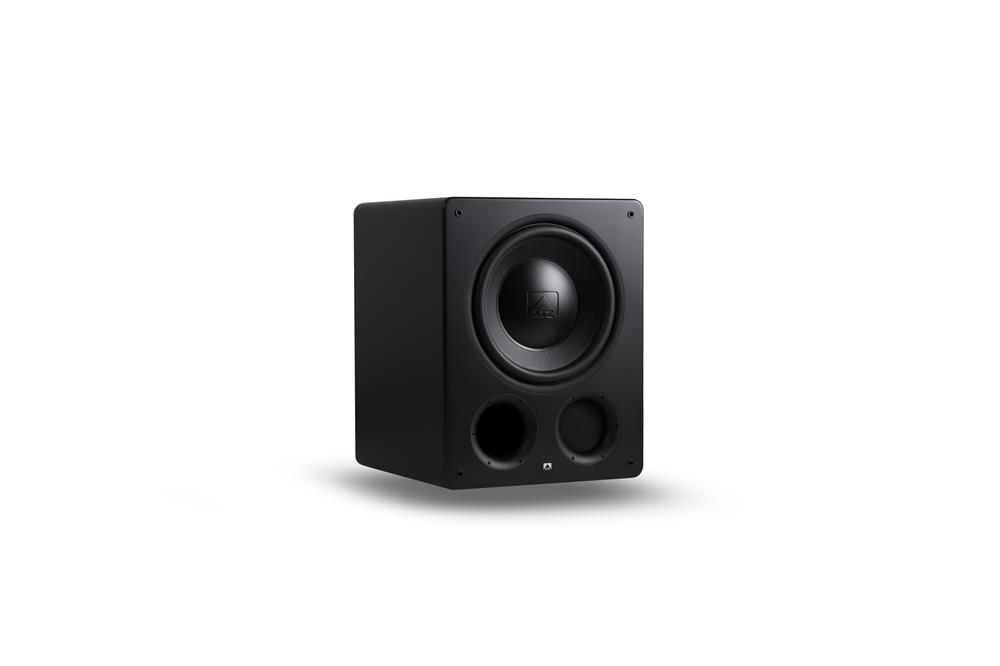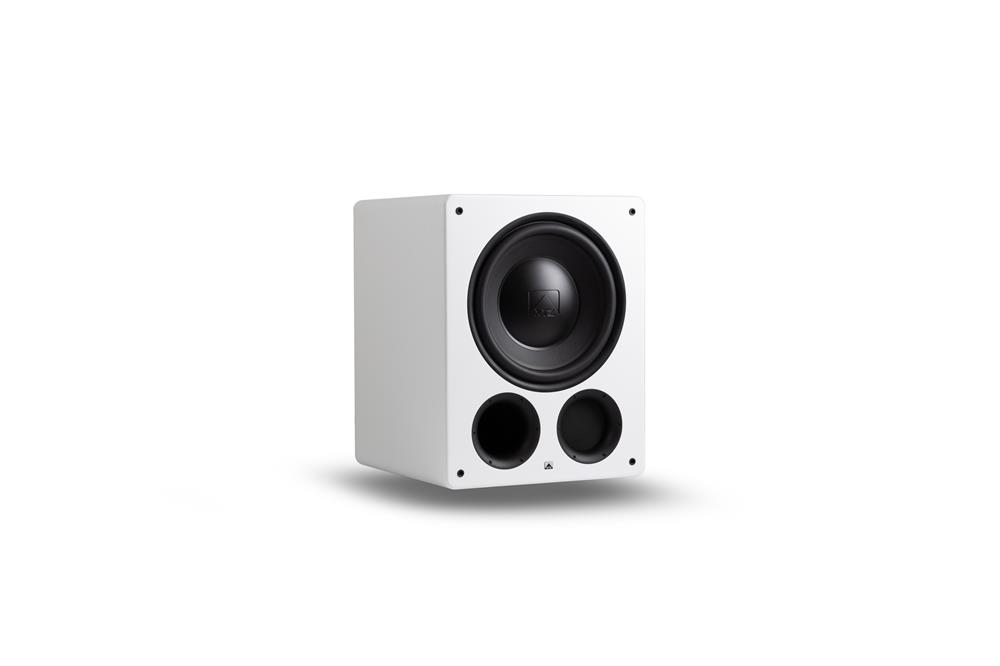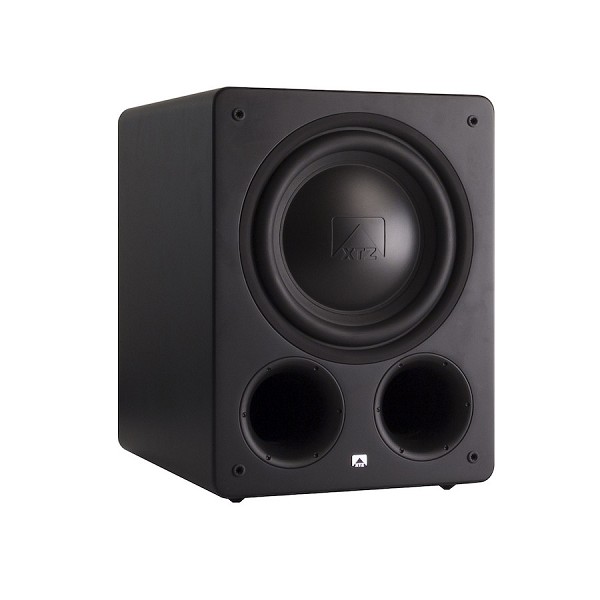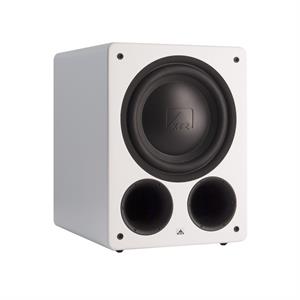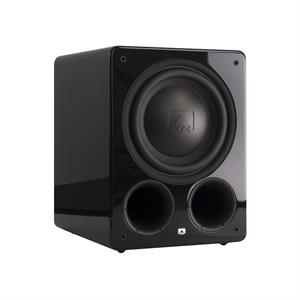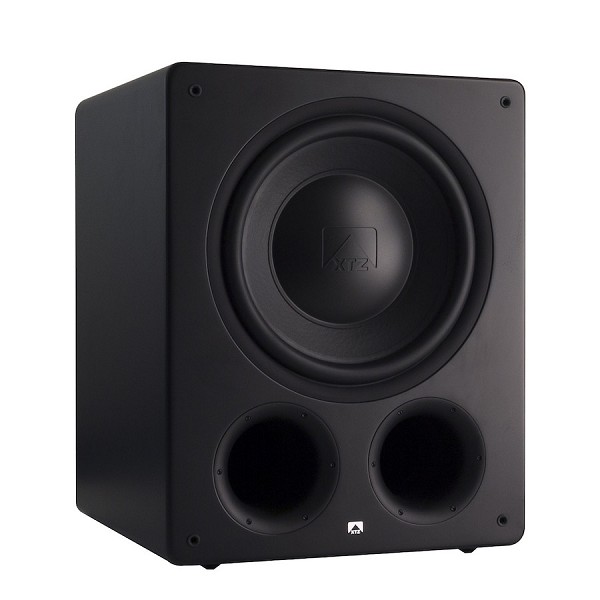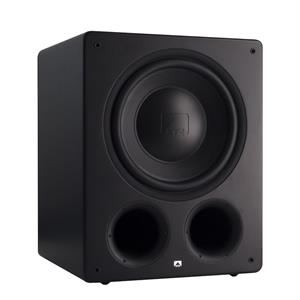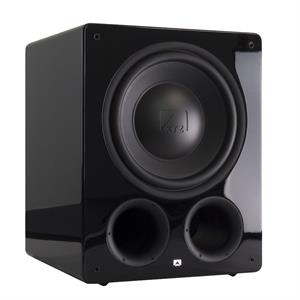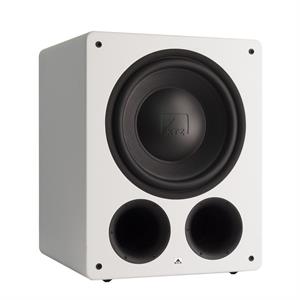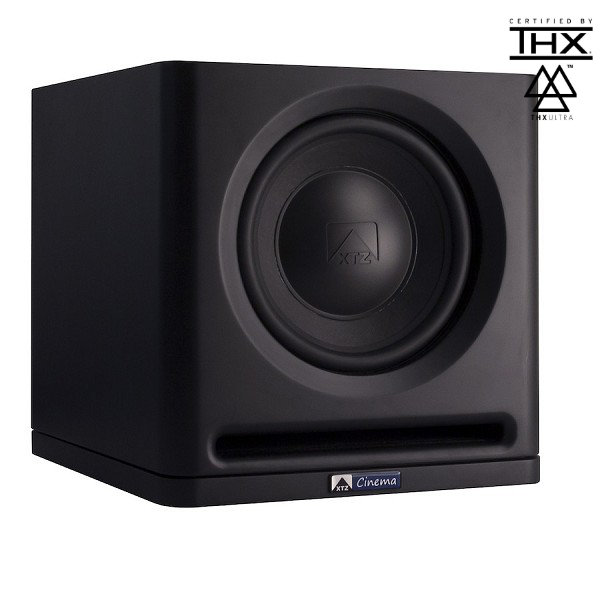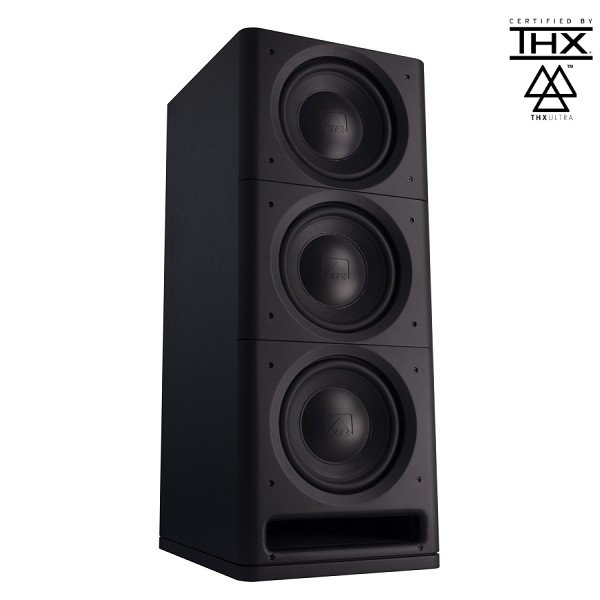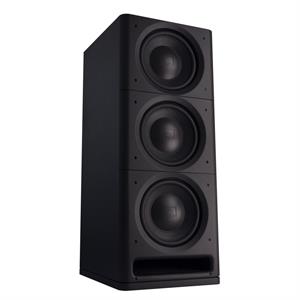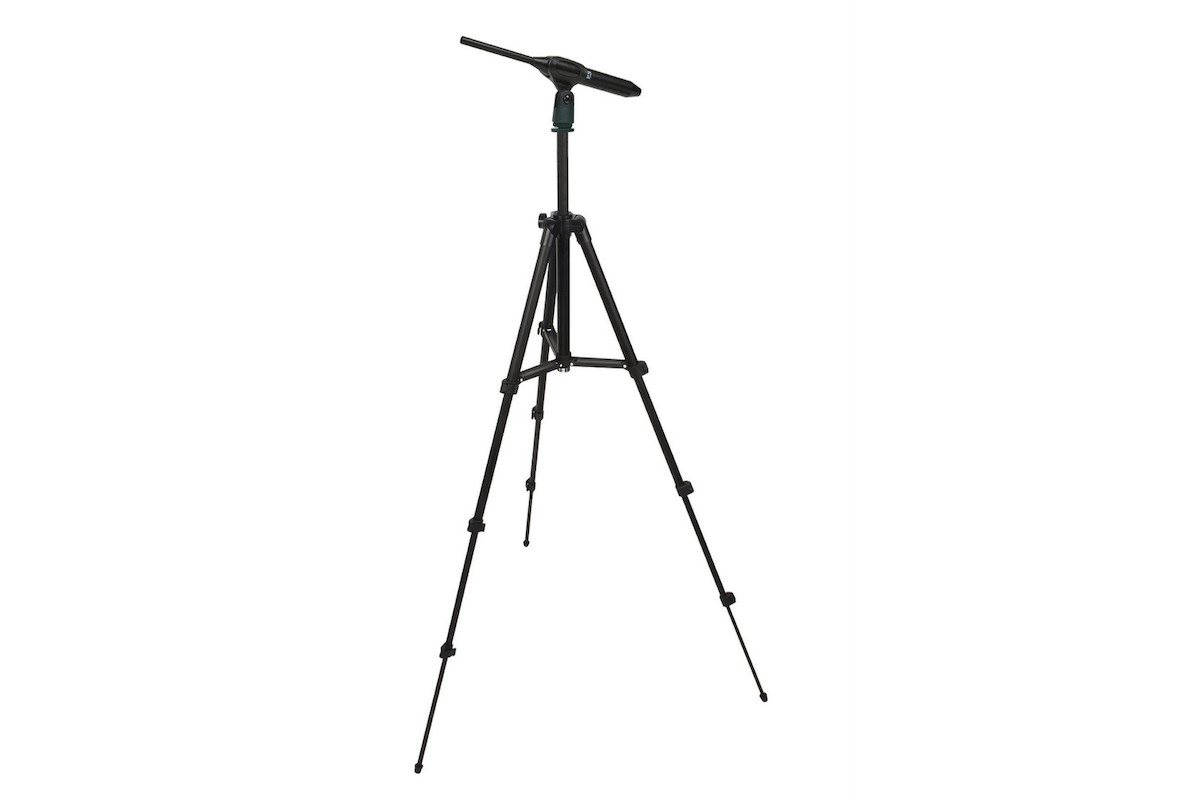
- QUICKSHOP
- COMMUNITY
- PRODUCTS
- EDGE A2-300
- EDGE A2-400
- EDGE SA-1 SUB AMP
- SUB 12.17 EDGE
- SUB 10.17 EDGE
- Cinema M8 Tower
- Cinema M8
- Cinema M8 Center
- Cinema M6
- Cinema M6 Center
- Cinema S5
- Cinema S2 Atmosphere
- SUB 1x12 EDGE
- SUB 3x12
- Room Analyzer II Pro
- Microphone Pro
- Spirit 11
- Spirit 8
- Spirit 6
- Spirit 4
- Spirit 2
- Spirit SUB 12
- 99.36 FLR 2021
- 99.25 LCR 2021
- InCeiling E-IC6
- InCeiling E-IC8
- InWall E-IW61
- InWall E-IW62
- InWall E-IW8
- InWall E-IW82
- Divine Alpha
- Delta
- Delta Center
- SUB 8.17
- Headphone Divine
- Earphone-12
- Earphone Sports
- REVIEWS ⭐
- BLOG
- SUPPORT
- BUY & TRY
- ABOUT US
- Distributors & Resellers
Subwoofer
XTZ subwoofers are among the highest rated on the market, thanks to the persevering development, high-quality components, excellent processing and extremely powerful power amplifiers. Numerous enthusiastic customer recommendations and manifold awards by magazines support this point. Both at the maximum sound pressure level as well as at the precision which is very important for realistic sound, our subwoofers set standards in the respective price class. Thanks to the ample choice, an XTZ subwoofer is available for every application and room size. The setting and configuration possibilities finally allow a perfect fine tuning to adjust the subwoofer optimally.

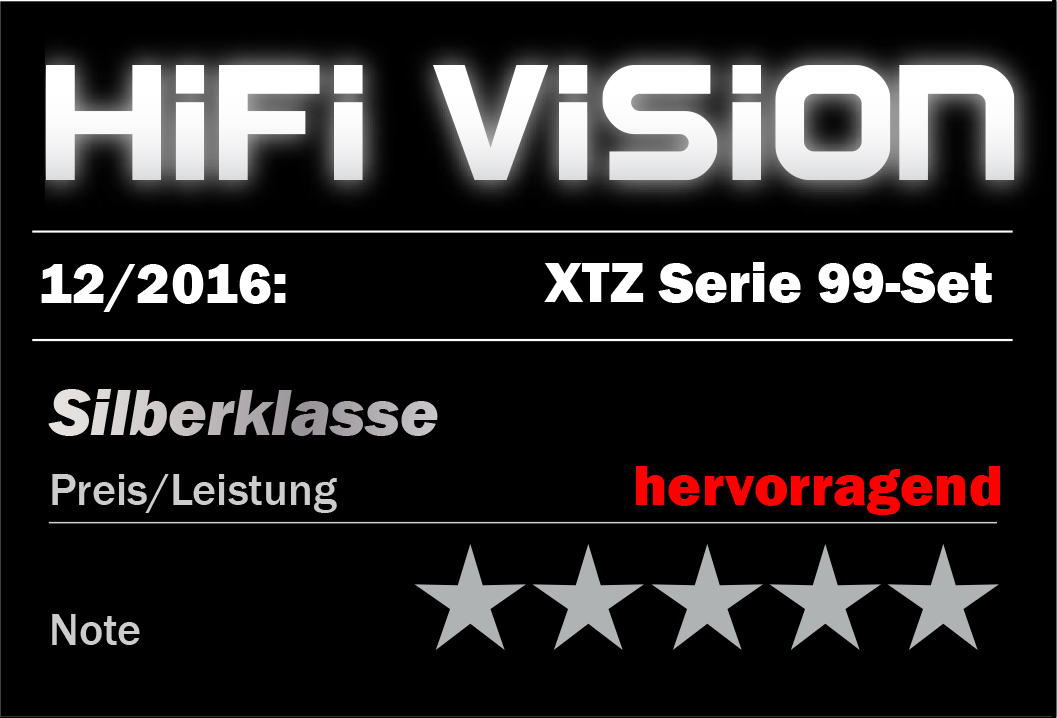
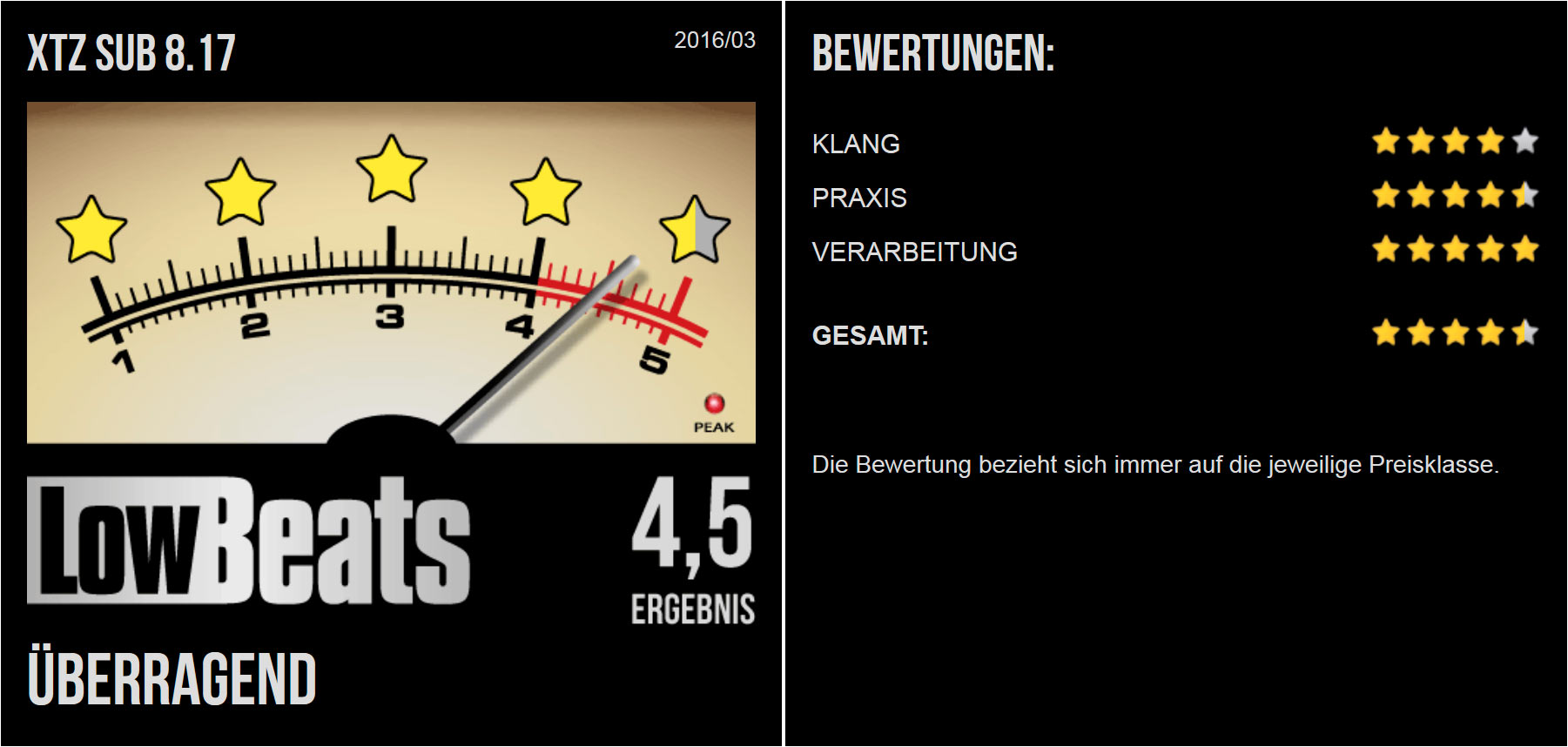
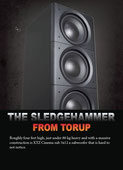




SUB 8.17
The 8.17 is a newly developed subwoofer replacing the well-known 99W8.16 which has a strong fan base among hi-fi enthusiasts. It is astonishing the deep, powerful and yet accurate bass this small subwoofer can create. As the smaller brother of the 10.17 and 12.17, the driver that is used for the 8.17 has been adapted from the Cinema series to provide the highest rigidity and a very low weight. Driven by a newly developed power amplifier which offers 200W RMS and up to 350W peak power, the 8.17 is able to achieve a lower limit frequency of 29 Hz (-3 dB). This subwoofer is the perfect choice for enjoying precise and natural bass.
Available colors
342 € (Pcs)
Info / Buy
Spirit SUB 12
Spirit SUB 12 was constructed especially for usage in dedicated home cinemas. Due to its very stiff and at the same time light 12" membrane, it is capable to perform any impulse with maximumm fidelity. The 400W amplifier ensures enough power at any time and is very efficient due to the special Class-D technology. But Spirit SUB 12 is not only a great choice for home cinemas. It also convinces in stereo operation due to the punchy and precise bass. Since the subwoofer offers several room tuning possibilities, it can always be adjusted to the room acoustics or personal preferences.
Available colors
387 € (Pcs)
Info / Buy
SUB 10.17 Edge
Based on the famous SUB 10.17, the SUB 10.17 EDGE provides an even better listening experience. By making use of the latest ICEpower® technology, the RMS power output increases to 700W while the peak power now even reaches 1045W. This enormous amount of power is the reason for the high control and precision as well as the astonishing deep bass capabilities of the 10.17 EDGE. This brand new amplifier even allows for a better sound tuning by offering a parametric EQ. The driver of the 10.17 has to be powerful yet very rigid and at the same time extremely lightweight to achieve the highest precision and maximum power. Therefore, a driver which originates from the famous Cinema series which is able to achieve this high set of goals is used. The combination of this high speed driver and the latest ICEpower technology make the SUB 10.17 EDGE an excellent choice for your home theater or music reproduction.
Available colors
630 € (Pcs)
Info / Buy
SUB 12.17 Edge
The SUB 12.17 EDGE is based on the consistent development of its famous predecessor, SUB 12.17. By making use of the latest ICEpower® technology, the subwoofer is able to perform with even more power and dynamics. While the RMS power increased to astonishing 700W, the peak power now even reaches 1045W which makes the 12.17 EDGE a real powerhouse. Furthermore, the new amplifier offers additional sound tuning options. The driver of the 12.17 EDGE has to be powerful yet very rigid and at the same time extremely lightweight to achieve the highest precision and maximum power. Therefore, a driver which originates from the famous Cinema series which is able to achieve this high set of goals is used. All these properties make the 12.17 EDGE an outstanding, powerful and very versatile subwoofer for your home cinema or music system.
Available colors
729 € (Pcs)
Info / Buy
SUB 10.17
By replacing the former model, the 99W10.16, the 10.17 has to fulfill very high expectations concerning power and accuracy. To elicit very deep bass with a high sound pressure level from a subwoofer that has a more aesthetic size is a challenge. The driver of the 10.17 has to be powerful yet very rigid and at the same time extremely lightweight to achieve the highest precision and maximum power. Therefore, a driver which originates from the famous Cinema series which is able to achieve this high set of goals is used. The powerful, yet energy efficient amplifier works in Class-D and provides 500W RMS and 800W peak power. No matter whether for a stereo system or home cinema, the 10.17 combines very powerful bass with the highest precision and flexibility due to its sound tuning possibilities.
Available colors
541 € (Pcs)
Info / Buy
SUB 12.17
The 12.17 has its roots in the famous 99W12.16 which has been one of the most popular subwoofers on the whole market for many years. Although it was a real challenge to create an improved version of this powerful but yet very precise subwoofer, our developers came up with an astonishing solution - the 12.17. Its driver derives from the driver of the Cinema-series which is highly praised by customers and the reviewers. The engine behind the driver is a newly developed amplifier with 500W RMS (800W peak) which provides a very powerful yet energy efficient solution. This combination together with its sound tuning capabilities make the 12.17 a perfect choice for home cinemas.
Available colors
640 € (Pcs)
Info / Buy
Cinema Sub 1X12
The best possible cinema experience is achieved when you feel the bass waves going right through your body. The impact of every punch, explosion, or racing car have to be reproduced accurately and with maximum impact. This is exactly what the 1X12 was constructed to do. Due to its extremely rigid and lightweight diaphragm, it can handle the longest strokes with perfect accuracy. Since the drivers are powered by an amplifier with 500 W RMS / 900 W peak power, the 1X12 is always in full control. If you want to feel the whole home cinema shake but still listen to highly controlled, impactful sound, the 1X12 is a perfect choice.
838 € (Pcs)
Info / Buy
Cinema Sub 3X12
The 3X12 was only built for one task: To make you experience the world of true cinema not only with a clean, dynamic sound but also as a physical experience. It creates an atmosphere that will blow you away! Maximum power for maximum home cinema pleasure is the main idea behind this outstanding subwoofer. As one of the most powerful cinema/hi-fi-subwoofers in the world, the 3X12 is able to achieve an unbelievably high sound pressure level, even in the lowest frequencies. But it's not only the subwoofer’s volume that is astonishing, it's also how smooth it sounds and the ease with which this subwoofer is reproducing the entire bass frequency range.
Available colors
2078 € (Pcs)
Info / Buy
Subwoofers for Hifi and home cinema
An ever current question is if a subwoofer is good for both home cinema and music. In this text we’ll provide our answer and opinion on this matter. We firmly believe that a subwoofer that provides a neutral sound reproduction will also provide a correct sound reproduction for both home cinema and music. In both music and home cinema you have the same reference; natural sound/high fidelity. It is therefore essential that both types reproduce a sound that is as believable as possible.
There is a tendency to divide subwoofers into “music subs” and “home cinema subs”, but we don’t agree with this division. As explained previously, the only way to compare quality of sound is to compare the reproduction to reality, and this applies to both home cinema and music. Some magazines, customers, etc. can grade a subwoofer in terms of ”good for music, but not adequate for home cinema” or vice versa. In these cases we consider the statement coming from a very subjective experience, which isn’t really fair or correct.
On the other hand, and generally speaking, you can state that a subwoofer with deep and powerful sound character is better suited for home cinema, while a subwoofer with a more firm and fast sound character is better suited for music. But still, this is only a subjective assessment and it can’t really be graded. If one is to make the division between the two categories, it is also absolutely necessary to provide references for the two categories.
One explanation to this confusion is that when listening to music you are totally focused on listening. Hearing is the dominantly active sense and therefore we become more perceptible to faults and unnatural sound. Also the music recording is often of higher quality and more natural/correct than recordings of sound for a movie. When watching and listening a movie in a home cinema, our eyes are also engaged, sharing focus and attention, whereas our hearing becomes less picky to errors or unnaturalness. We also lack a reference to many of the sounds in a movie, for example we don’t know how a dinosaur sounded, or how a high speed car chase sounds like, and so on. The intention and function of the sounds are to engage us in what’s happening in the movie and create cool effects that contribute to the whole experience. The sound in movies isn’t as dense as in music either. There are often long periods of low amplitude information which are followed by burst/bursts of extreme transients, and this demands quite much from the whole system, and in particular the subwoofer.
Conclusion: We consider the best solution for this problem is to construct a subwoofer that has the ability to change the sound character in as many ways as possible.
Room Acoustics
Finding an acoustical acceptable listening room is a big problem. Ordinary rooms are often way too poorly attenuated and have too many scale surfaces that reflect the sound rather than absorb it. Normally you can’t or don’t want to change your living room to the point of what it takes, so you’re compromising and thereby accepting that you won’t have an optimal listening environment. It takes a lot of absorbing furniture, acoustic tiles, and so on, to create an optimal listening locale. The question is how much one is prepared to change in ones living room to help create a good acoustic environment. Even the most fanatic audiophiles have limits to what lengths they are prepared to go.
Example: if empirical measurements and theoretical calculations show that the subwoofer should be placed 1,5 meters from the wall to achieve best performance, it would probably end up being awkwardly placed. The user will probably have a hard time accepting this placement, and therefore he compromises and places the subwoofer where it is less in the way but still does its job.
The rooms interference with sound reproduction is a well-known fact, but the fact that the rooms affect compared to the quality of the components in the system, is less known. The problem is seldom discussed since it isn’t easy to remedy the insufficiencies with conventional products.
All acoustic aspects of the listening room such as reverb, timbre, attenuation and so on, are more important than most people believe. A traditional living room often has too little attenuating material (such as carpets, fabrics, sofas, and so on) which results in too much reflection and the risk of standing or stationary waves. The lingering sounds in the room masks the reproduced and you lose information from the recording. The frequency pattern becomes irregular and you can easily experience listening fatigue. The room could have difficulties all over the frequency register, but most rooms tend to have problems in the bass end of the spectra.
Fortune and misfortune guides the sound reproduction. If you don’t know the rooms problematic areas (which very few of us do) or maybe don’t have the possibility to address the problems, it will result in fortune or misfortune whether the placement of the system is beneficial or disadvantageous. This is the reason why we developed the Room Analyzer (which is a measuring system) which helps you to analyze your room. With Room Analyzer it’s easy to find out the frequency pattern both in speakers and in the room, and to identify standing/stationary waves. This knowledge will help you to optimize the placement of your system and your listening position. The Room Analyzer is a complete measuring system that is easy to use.
Room Analyzer 2 Pro
A good loudspeaker can only do as much as its placement in the room will permit. This is because the listening position and the room itself have a significant effect on the sound. Our measurement systems and room analyzer software help you find and fix these problems. Our software for Windows with its easy to use interface, in combination with our hardware, enable a number of different analysis methods. You can learn more about standing waves, room modes, phase shift and delay time, and how each of these factors affects the sound you hear in the room. It also gives you information about each of the problems it detects and what kinds of countermeasures you should consider taking.
193 € (Pcs)
Info / Buy
Answer: Yes.
It’s practically nearly impossible to extinguish all resonances from a room even when you’re trying extremely hard and spend huge amounts of money.
Example: we have made several measurements at Chalmers University of Technology in Gothenburg in their acoustically dead room, built with practically infinite attenuation to achieve total absorbtion. Even in this scientifically built acoustically “dead” room there is a resonance at about 50 Hz, which is known and therefore is taken into account in all critical measurements.
Answer: Yes.
One way to test how much the room itself impacts the sound reproduction is to move your speakers out in the garden. Out in the open there is virtually no influence from the room, and therefore it will be very clear how much impact the room has. Conversely you can do the same test but this time move your speakers in to a tiled room (for example a bathroom) or a room with concrete walls. You will notice the huge amount of reflections making the sound more or less unbearable. You have probably experienced this phenomenon in public baths when several people are talking at the same time making it very hard to single out what one person is saying.
Full frequency in a subwoofer and room gain
Subwoofers that works down to 20-30 Hz cause problems in almost every room. The problem is called room gain. Room gain can be explained as standing/static waves due to reflections from walls, ceiling and floor. These standing/static waves add energy and amplitude to their own frequencies reproduced from the subwoofer. The amount of energy added depends on several factors such as the size of the room, the material of the reflecting surfaces, placement of the subwoofer, and so on.
A subwoofer that has a flat frequency response is ideal in theory, but in real life that subwoofer will only work in very large rooms with very high absorption of lower frequencies. In short; every ordinary room has room gain and in that an amplification of the lower frequencies.
Since every room has room gain and since room gain is a product of the reflected sound reproduced by the subwoofer, bouncing around slowly decaying, room gain will also create a sluggish feeling of the subwoofers performance.
This phenomenon has given birth to the endless discussion within the Hifi community about slow and fast subwoofers. When you find your subwoofer to be slow, many draw the conclusion that it is the driver in conjunction with the amplifier that doesn’t cut it, but that assumption is in most cases wrong. In most cases it’s all about the room gain and how it affects the sound reproduction.
If the subwoofer reproduces very low frequencies and the room gain is high in those frequencies, the result will be a very slow bass that constantly trails the rest of the sound. The best solution is to rebuild the room, but that will cost a lot of money.
Another solution is to cut away those low end frequencies making the frequency pattern for the subwoofer and for the room to even out as much as possible. That’s why all of our subwoofers have this ability, to cut away the lowest frequencies and be adjusted to the room where it is used. This will also give the upper frequencies of the subwoofer information more power.
When a customer trades his or hers sluggish subwoofer for a new one that’s faster and more alert one, it might just not be that the new subwoofer actually and technically is faster and more alert, but rather that it doesn’t reproduce as low frequencies and feeds the room gain less than the old subwoofer. With an ordinary subwoofer it’s once again the art of compromising. Studies show that a subwoofer that works down to 30-40 Hz (-3dB) is often a good compromise and in a room gives a frequency pattern down to 20-30 Hz when measured in the room.
All this keeping in mind that there are people that prefer a lot of deep bass, making room gain in many cases an advantage and something good.
Conclusion: A subwoofer with a flat frequency response down to 20 Hz will in most cases reproduce too much bass for a conventional room. The room gain problem is most noticeable in the lowest bass, and gives a sluggish character to the sound reproduction. A subwoofer that doesn’t reach down in the frequencies that far will be perceived as faster and tighter since you will get less influence of the room gain. This is the reason why XTZ subwoofers can be adjusted with equalizers and by using the supplied plugs for the bass reflex ports.
Adjusting phase
Based on my 30 years in this business I have found that there is not one setting that always works. Since every room is individual and that taste about how the bass should be is subjective, you just have to use the common “trial and error” way. But do spend time on trying different solutions! Nothing makes a bigger difference than getting the bass end of the sound as close to perfect as possible.
The utter most important factor for a good bass reproduction is correct between your front speakers and your subwoofer/subwoofers. If they are out of phase they will work against each other instead of together. Example: if you have two subwoofers and they play out of phase, the sum of the sound they reproduce will be zero. It is essential that the phase is correctly set for the whole setup. The tricky part is that it is all frequency dependent, so sometimes it can be hard to listen your way to the correct setting.
Here is a steb-by-step guide:
Adjust the low pass filter on you receiver or preamp to 80-100 Hz
Plug the ports in your subwoofer/subwoofers if there are any and set the frequency adjustment in the middle position and if there is an EQ set it to neutral/REF
Adjust the volume for the front speakers and the subwoofer/subwoofers as equal as possible. The front speakers and subwoofer/subwoofers should all sound equally much. Adjust the phase setting on the subwoofer/subwoofers to where there is maximum bass pressure. If you have our Room Analyzer II Pro it’s easy to measure and see this, but it’s in most cases easy to hear if the room doesn’t have too many problems or a very difficult character. If you have two subwoofers, do the adjustment in two steps with one subwoofer at a time. Due to different placement the phase setting might be different for each subwoofer
When this is done you need to adjust the level and the EQ on the subwoofer/subwoofers, try ported and closed cabinets, until you get the result you want.
Sometimes the auto calibration system doesn’t do a good enough job. This is due to precision and performance issues with the equipment (software and microphone). In that case it’s better to just not use the system and do the adjustment manually.
Important bass facts: Level, phase and frequency (also listening position and position of the subwoofer/subwoofers) are dependent on each other. If one parameter is changed the rest will be affected. For example; if the frequency is changed both phase and level will be affected and needs to be recalibrated to compensate for the change in frequency. In a given room there never is any one absolute correct phase that covers the complete spectra; hence the phase must be adjusted to a compromised value where the phase is as ideal as possible over the spectra.
Conclusion
Sound distribution in a listening room with only one subwoofer varies quite a lot. For that reason it’s absolutely worth spending energy on experimenting with different listening positions and speaker positioning.
A flat frequency pattern down to 20 Hz is often not ideal, at least not in a listening environment with fairly common dimensions. It will in many cases result in a “boomy” bass. Dependent on subwoofer positioning either a closed cabinet or a peak at about 50 Hz in combination with a sharp roll-off below 40 Hz be beneficial (closed cabinet that is tuned a bit high).
For this reason a subwoofer with the ability to manipulate the reproduction either mechanically (like the possibility to close one or several bass reflex ports with the supplied plugs) or equalizers is to prefer.
Generally it is recommended to use more than one subwoofer in a listening environment. Carefully considered placement of the subwoofers can help to counteract standing/static waves and help with the distribution of the average sound energy.
XTZ GROUP AB © All Rights Reserved
Made with Cloudier Site & Runs on Cloudier Site

